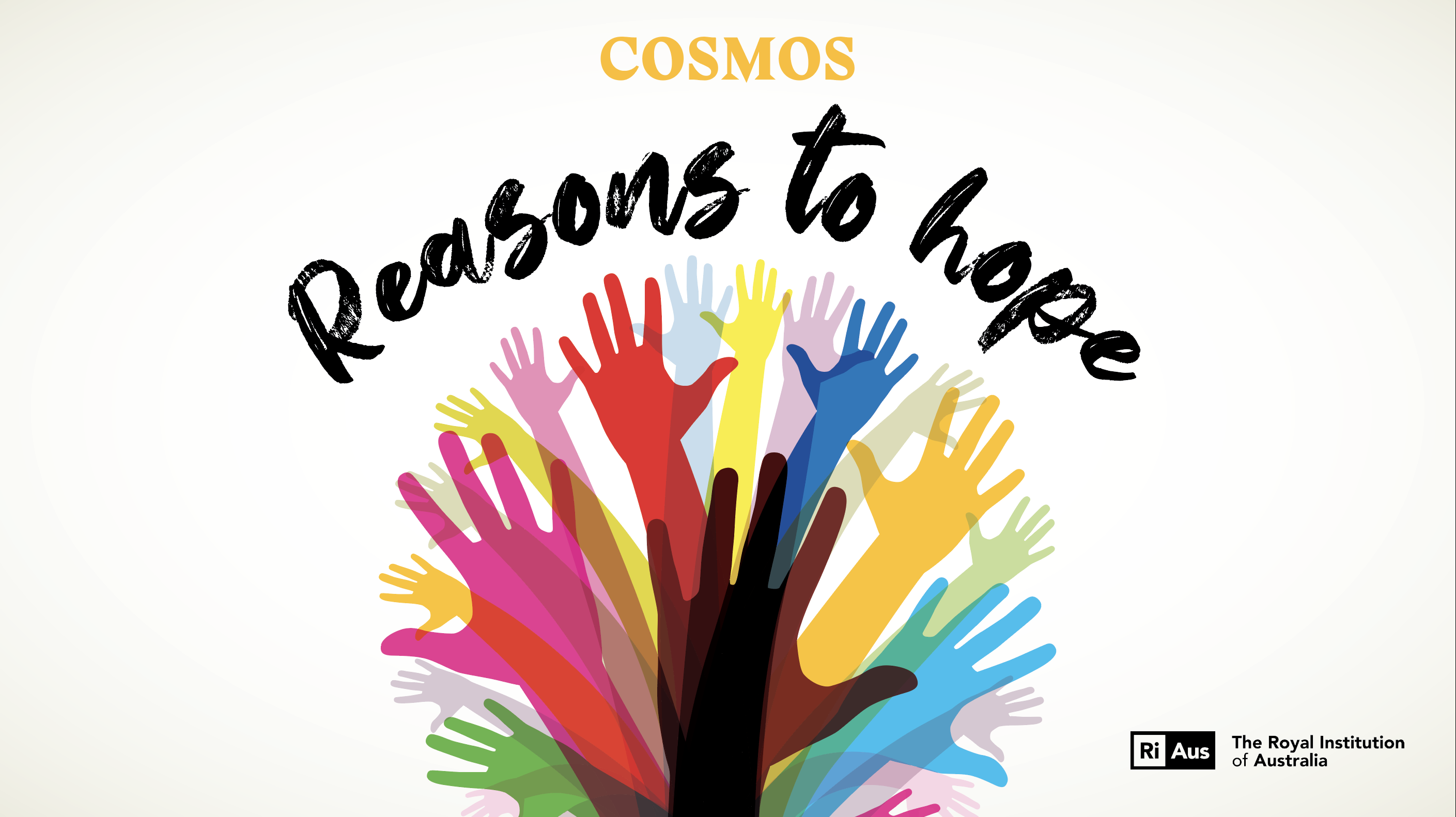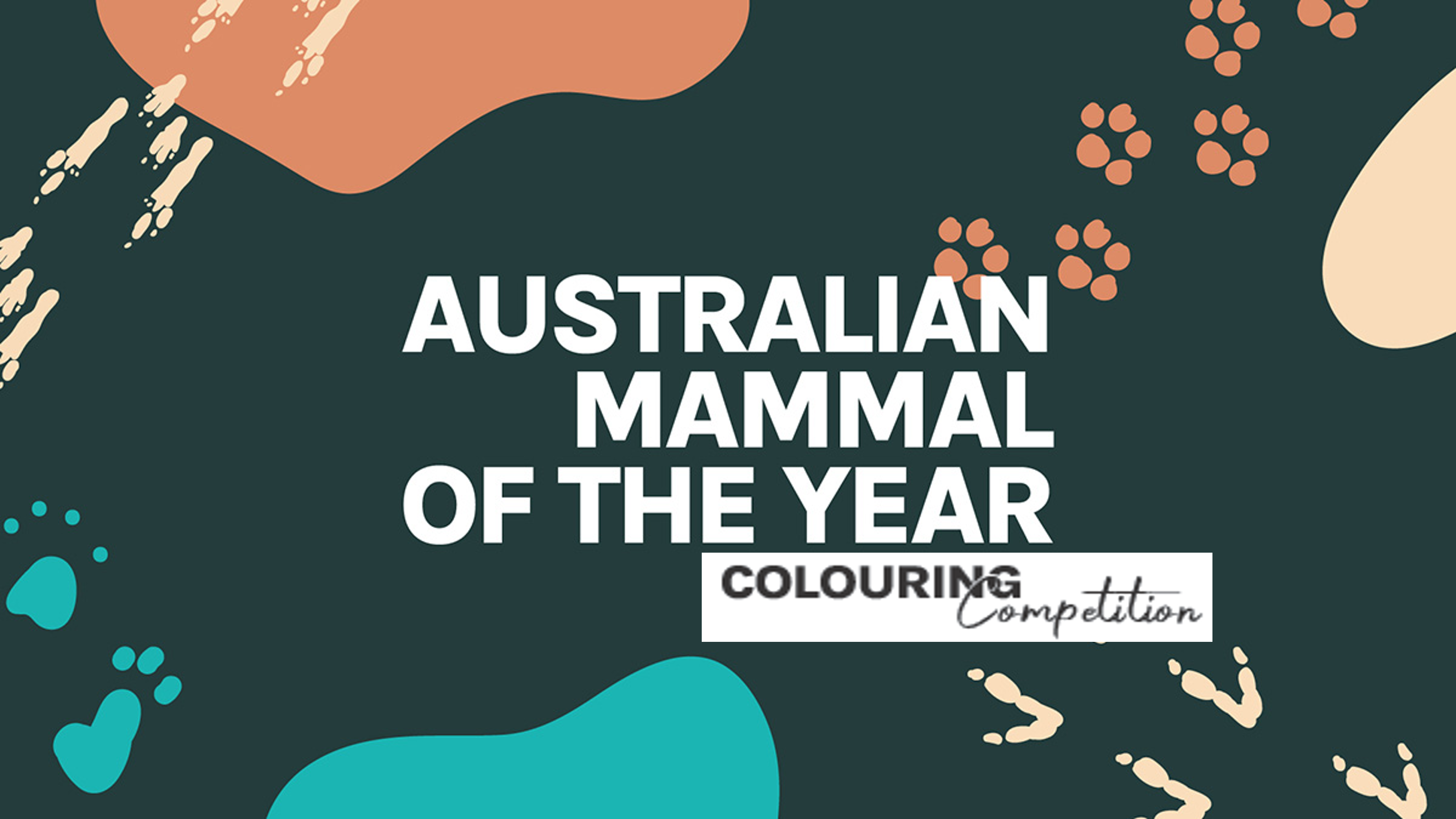Aquanaut and ocean conservationist Fabien Cousteau – first grandson of Jacques – is seeking to honour his Old Man of the Sea by building Proteus, the world’s largest and most advanced underwater habitat. Pat Sheil reports.
This extended article from Cosmos Magazine discusses the past and future technology developed to explore the oceans and protect marine life. It is best used alongside the practical activity and is suited to Year 5, 6, 8, and 9 Biology students who are learning about ecosystems, ocean conservation, adaptations and the needs for life.
Word Count: 2000
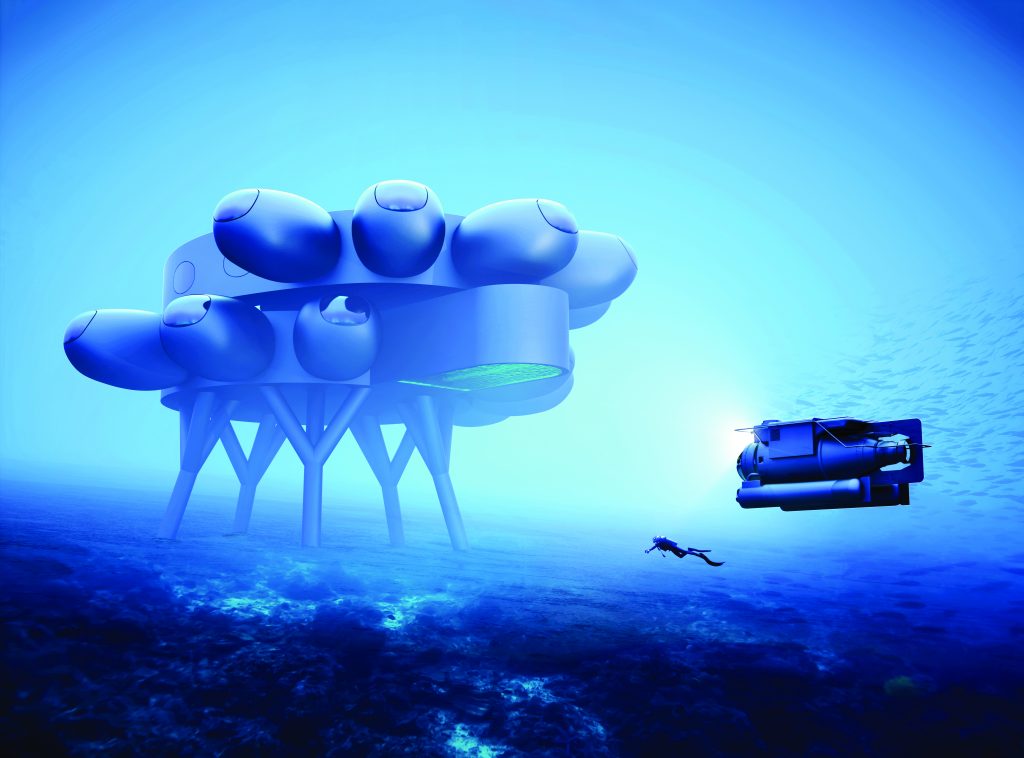
For millennia, humanity’s relationship with the sea has been almost entirely with its surface and its edges.
The coast is where we meet the forces, opportunities and vastness of the ocean, which – when its mood is right – lets us swim, sail, fish and trade. But apart from the knowledge acquired, often at great cost, from fishing and exploration, our understanding of the sea has lacked depth. When we watch the Sun rise or set over the water, we are seeing nature at its most glorious, but under that horizon, deep down where we all came from, there exists a world that is deep, dark and unknown.
Unknown? Well, yes, if you look at the numbers. There is a consensus among marine biologists that we have probably identified and classified less than 10 per cent of the species that live in our oceans, which wash over 70 per cent of our world. And despite the remarkable mapping technology that is now charting the topography of their trenches, sea mounts and rifts, we still have more precise mapping of the surface of the Moon than we do of our ocean floors.
And as for the species count, well, we’re hard-pressed to classify the fungi in our forests, let alone the flora and fauna of our seas.
Fabien Cousteau, grandson of French scuba and documentary pioneer Jacques, would like to fill in some of the yawning gaps in our comprehension of this vast marine space, which acts as our thermostat, carbon sink, and greatest yet least understood resource. He’s hoping to build a submarine base in the Caribbean over the next three years that, like the International Space Station (ISS), will allow people to live in extreme isolation for months, rather than the mere hours allowed by the hazards of decompression that follow all-too-brief scuba excursions.
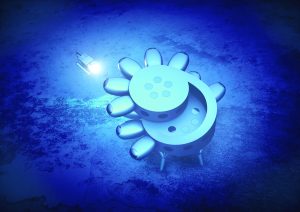
With more than 370 square metres of floor space, Proteus will be 10 times the size of Aquarius Reef Base, the most recent attempt at creating a safe and stable base in which to spend more than a few hours underwater. Located about nine kilometres off Key Largo, Florida, Aquarius was built in 1986 and, despite its limitations, is still used by NASA and others for the training of candidates preparing to work in sealed environments.
Baby Depths
The idea of creating such places was that of US naval physician George F Bond, known by his colleagues as “Papa Topside”. His three SEALAB experimental bases date from his attempts to extend the physical endurance possibilities of diving in 1957.
SEALAB I was lowered to a depth of 59 metres off the coast of Bermuda in 1964 with four US navy personnel aboard planning for a three-week stay. However, concerns over an approaching storm saw it retrieved after just 11 days. The following year, off the southern California coast, SEALAB II – almost twice the size of its predecessor – was sent to a depth of 62 metres, with diver teams spending 15 days at a time on board – all except for former Mercury-Atlas 7 astronaut Scott Carpenter, who spent a record 30 days there. Among other experiments, divers attempted to get a dolphin named Tuffy to ferry supplies to the lab, with mixed results.
SEALAB III – a refurbished version of II – was deployed at the terrifying depth of 190 metres off San Clemente Island, California, in 1969. All three SEALABs, but especially the third, were plagued with technical problems. A diver died while attempting to fix a leak in one of its helium seals, and later there was deliberate sabotage of its air hoses, a mysterious crime that has never been fully explained by the US Navy.
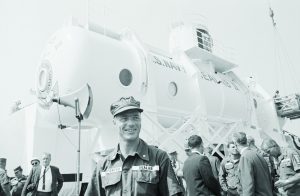
Around the same time, across the Atlantic, Jacques Cousteau was lowering his own versions of underwater human habitats, which he dubbed Continental Shelf (Conshelf), or Precontinent, stations. Conshelf 1 hosted two divers for a two-week stay at a depth of 12 metres off the coast of Marseilles in 1962. The next year, six “oceanauts” and a parrot spent 30 days aboard Conshelf 2 at a depth of 10 metres in the Red Sea, off Sudan. Aquanauts in the submersible bell Conshelf 3 spent three weeks at 102 metres; but Cousteau had started to turn his attention to ocean conservation and as this passion grew, so too his interest in protecting this untouched landscape from habitation – and exploitation.
Aquarius is the work of the US National Ocean and Atmospheric Administration (NOAA). The key difference between it and earlier attempts is that it was designed to operate at “ambient pressure”, which means that the air pressure for the occupants is the same as, or close to, the water pressure outside – which, at 19 metres, is about 2.6 atmospheres or 38psi: the pressure of a well-pumped car tyre.
As a proof of concept, Fabien Cousteau and his crew spent a month living and working at Aquarius in 2014, an expedition they called Mission 31. Proteus, it is hoped, will be the giant “son of Aquarius”. The habitat will be built over the next three years or so at an estimated cost of $US135 million. It will be towed to its final location near Curaçao, 70 kilometres off the coast of Venezuela in the Caribbean, and lowered to a depth of about 20 metres.
It will contain sleeping quarters, medical facilities and a laboratory to classify and analyse samples taken by those who will venture out, explore and retrieve. Like the ISS, the habitat will be fitted with a module that can house workers in an emergency, and be detached and brought to the surface.
Under Pressure
Fabien Cousteau’s contagious enthusiasm for the Proteus project is tempered by a cautious realism born of years working underwater. As a third-generation Cousteau, he really didn’t have much choice. At age 12 he was thrown overboard to scrape the barnacles off Grandad’s boats. It was a tough apprenticeship, but one he not only tolerated but embraced. Cousteau is, shall we say, deeply aquatic, and highly persuasive when it comes to pitching his Proteus project.
For instance, when asked why this underwater research can’t be performed by autonomous or remote-controlled vehicles, he acknowledges that robotic probes certainly have their place, especially at extreme depths, but makes convincing arguments for basing researchers underwater for extended periods.
Still, much like the ISS, spending time in an aquatic environment comes with problems for landbased mammals. For aquanauts, chief among these are the daunting duo of decompression and time. Decompression, the slow process of the human body readjusting to surface air pressure after being squished at depth for an extended period, is both essential and, if done too quickly, potentially fatal.
“The way back to the surface takes a lot longer,” Cousteau says. “And that’s even from 20 metres. If you look at the dive tables for any recreational scuba diver, you’ll see how quickly your decompression obligations skyrocket. Essentially, you’re saturated at three atmospheres, or 20 metres, after about 18 hours.”
In diving parlance, “saturated” refers to the body reaching a state of equilibrium with external pressure. In deep diving, a specialised gas mix is used for breathing, which usually involves replacing a proportion of the nitrogen in air with helium. Astonishing depths have been reached using this technique, with the current world record standing at 332 metres for a non-surface-supplied diver.
Resurfacing after saturation takes time. “Free divers”, like those who have plunged to over 30 metres for sea sponges or pearls since antiquity, are not under pressure long enough to get close to saturation, but once you’re there, you cannot rush to get back.
“The idea is listening, seeing, hearing, touching, monitoring systems, to get a better gauge and a better feel for the health of our ocean.“
According to Cousteau, it’s not just decompression and the time saved by divers not having to constantly submerge and resurface that makes Proteus worthwhile. It’s what you can do while you’re down there, including working with marine samples and organisms that don’t have to be put through the same gruelling process.
“That’s an observation that my grandfather made a long time ago,” he says. “If you’re taking samples from a pressurised environment and bringing them back to the surface quickly, you’re not only potentially corrupting the sample, and therefore all your data, but you’re also moving away from the frontlines of the research.”
Cousteau’s point about time-saving goes beyond getting up and down from a high-pressure world. There is the eternity of waiting for answers, of shipping material across the world and “putting it in a freezer locker for years before someone eventually gets to it. Here you have your fresh samples in hand, in a state-of-the-art marine laboratory. You’re able to accelerate the research tenfold.”
Final Frontier
The base itself is still very much a work in progress, and while the structure and layout have been pretty much settled on, there are many design and materials decisions to be made, from the modular attachments and airlock access points, down to the best way to secure the thing to the seabed.
Even the basic question of what the outer shell of the base will be made of is still being discussed, but Cousteau is sensibly risk-averse on that score. “I’m leaning towards traditional materials because they’ve been proven,” he says. “This is a hostile environment, and yes, we are looking at innovative compounds and other materials right now. But there can be issues with some of the new materials.”

For one thing, using stronger, lighter materials might be great if you’re building aeroplanes, which you want to fly longer using less energy. If you want something to sink and stay put, you need it to be heavy. Weight-saving is not a priority for a project like this – quite the opposite.
“And also,” Cousteau points out, “while there are some amazing composites, the way that we’d be using them hasn’t been tested for any extended period of time. We have a projected shelf life for Proteus of about 15 years.”
Fortunately, his choice of Curaçao is far from the northern Caribbean’s “hurricane alley”, and so should avoid the storm damage that has plagued Aquarius since it was first submerged off the Florida Keys. It was smashed almost to destruction by Hurricane Georges in September 1998, and badly damaged again by Hurricane Mitch a month later, then Rita in 2005 and Irma as recently as 2017.
Another advantage of the Curaçao choice is that the base will be perched on the edge of the continental shelf, which is ideal for the addition of a second smaller – but much deeper – “sub-station”. Triton – yet another son of the prolific Poseidon – will be easily reached from Proteus, and will reside at a depth of 500 metres under eight atmospheres of pressure. This is pushing the limits, but really, that’s the point, and there’s nothing technically or medically impossible about working that far down.
Still, it’s just a bit scary.
Fabien Cousteau is not a fellow of slender ambition. He sees Proteus very much as a beginning rather than an end in itself.
“The idea is listening, seeing, hearing, touching,” he says. “Monitoring systems, to get a better gauge and a better feel for the health of our ocean. If you have not just one Proteus but a series of them around the world, you can have a network that shares realtime data, allowing access to global information across days, if not weeks. We need to have a finger on the pulse of ocean health, be it climate change, temperature variations, microplastics in the ocean column, or salinity differences.”
It’s not just the health of the ocean that Cousteau wants to work on.
“There’s the accelerated research and development of viral drugs, cancer drugs, pain mitigation and so on, all derived from oceanic resources, all of which are right here, right now.
“This is the rainforest that we’ve not explored.”
This article was written by Pat Sheil, Sydney-based freelance journalist for Cosmos Magazine Issue 89.
Cosmos magazine is Australia’s only dedicated print science publication. Subscribe here to get your quarterly fill of the best Science of Everything, from the chemistry of fireworks to cutting-edge Australian innovation.
Login or Sign up for FREE to download the educational resources



